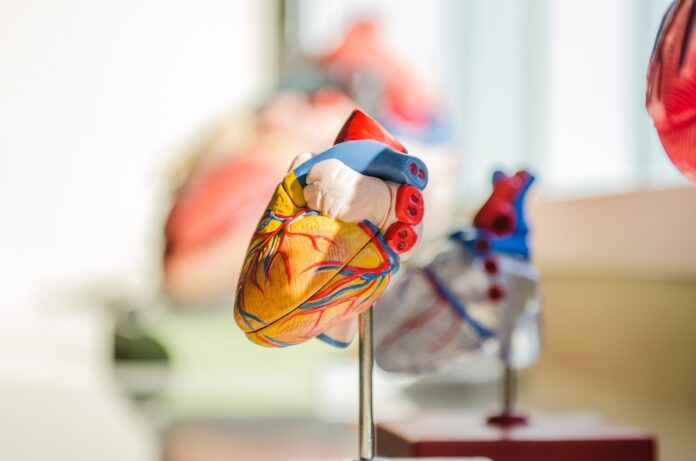Voltage-gated sodium (NaV) channels are responsible for action potential initiation and propagation. The dominant NaV1.5 subunit in the heart is made up of four homologous repeats. It forms a macromolecular complex with several accessory proteins, including intracellular fibroblast growth factors (iFGF).
A heartbeat is a carefully synchronized series of electrical signals led by sodium ion channels telling the heart when to contract and relax. Any disruption in these signals may result in cardiac diseases such as arrhythmia or irregular heartbeat.
Researchers at Washington University in St. Louis have found that novel proteins, known as intracellular fibroblast growth factors (iFGF), have distinct effects on the kinetics of cardiac sodium channel gating. This may provide new insights into different heart conditions and how to develop better therapies.
Intracellular fibroblast growth factors (iFGF) are small proteins that bind to sodium channels and control how they open and close, or “gate.” The gating properties of cardiac sodium channels affect how electromechanical signals propagate through the heart. Drugs interact with sodium channels differently in different gating states.
The researchers wanted to see how one intracellular fibroblast growth factor, iFGF12, modulates the sodium channel at the molecular level in a healthy human heart.
Nerbonne’s lab created a mouse model of iFGF12 to study how it affects the sodium channel in myocytes. Using electrophysiology methods, they discovered that it modulated the channel differently than comparable iFGF in the mouse heart and changed the properties of the sodium current.
Nerbonne, who is the director of the Center for Cardiovascular Research, said, “One of the reasons we want to define how the iFGFs and other sodium channel accessory proteins affect channel properties at the molecular level is that we know from previous work that the protein components of functional channels influence the pharmacology of these channels. These channels are potential therapeutic targets for people with arrhythmias.”
Silva’s lab investigated how iFGF affects channel function using methods they developed to monitor voltage-sensing domains.
Silva said, “We looked at how these subunits affect native cell electrophysiology, and that’s an exciting part of our collaboration with the Nerbonne lab. We were able to determine how these subunits change the channel at the molecular level to cause those cell-level effects.”
The team will continue to investigate how drugs interact with sodium channels with various iFGF compositions.
Journal Reference:
- Paweorn Angsutararux, Martina Marras, etal. Differential regulation of cardiac sodium channels by intracellular fibroblast growth factors. Journal of General Physiology. DOI: 10.1085/jgp.202213300
